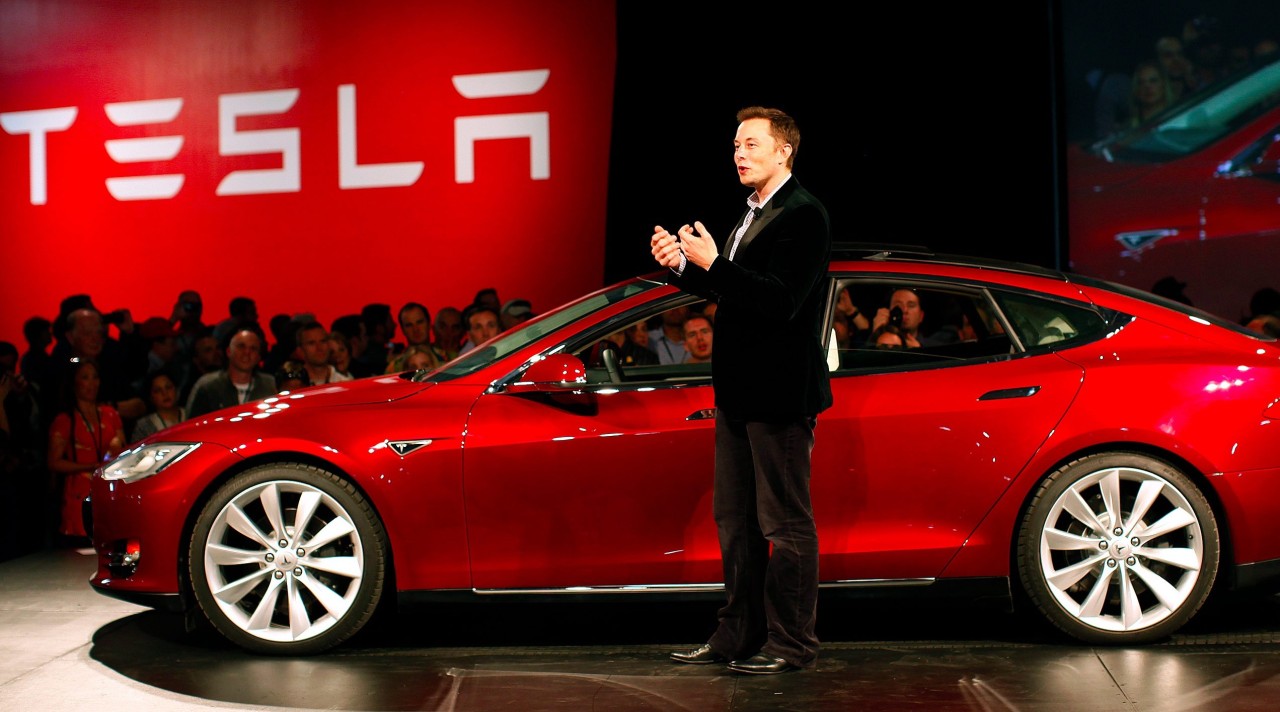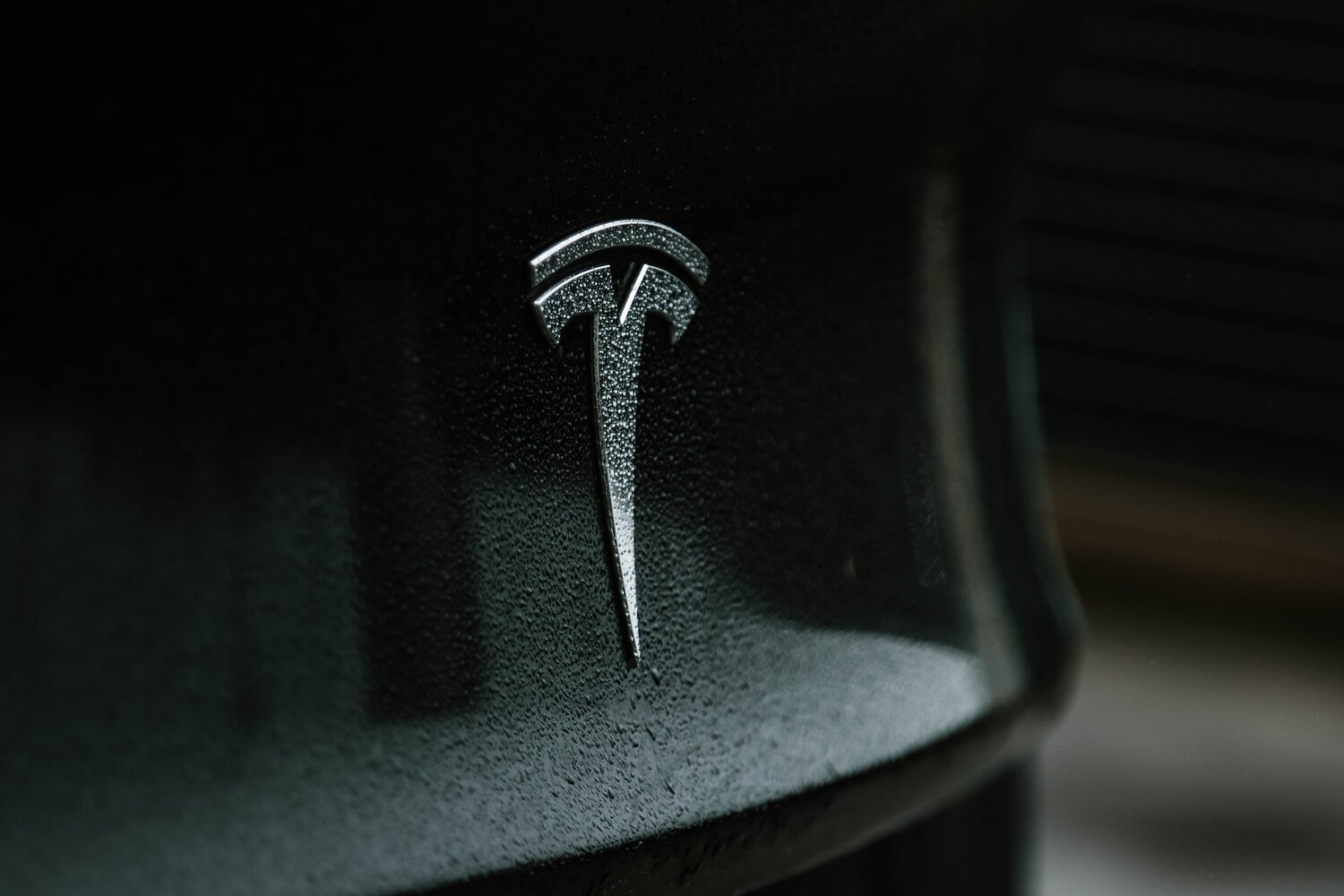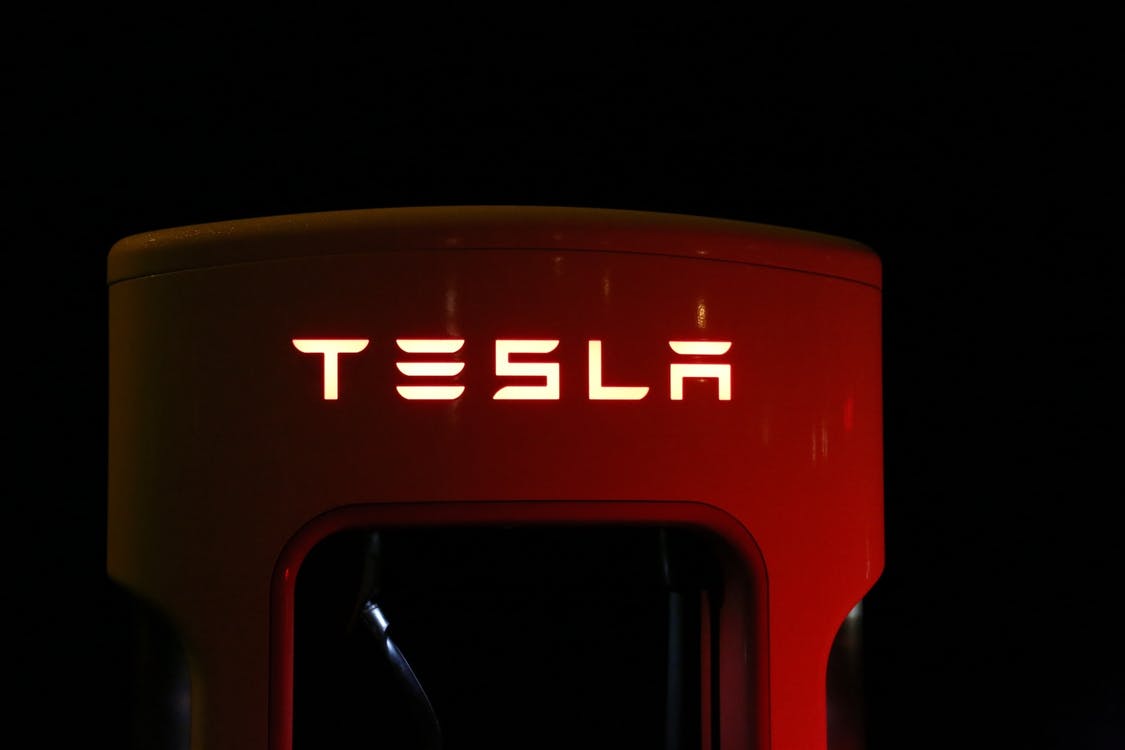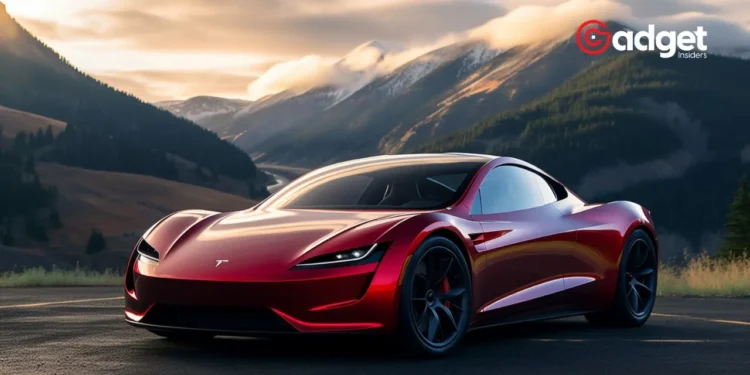Tesla, the trailblazer in electric vehicles, has recently announced a significant change in its sales strategy that has taken the automotive world by surprise. This shift comes at a crucial time as the company faces various operational challenges and reshapes its market approach under the guidance of CEO Elon Musk.

Tesla’s Strategy Pivot: No More Price Cuts
In a decisive move, Tesla has ceased offering discounts across its lineup of electric vehicles in the United States. This change marks a departure from previous years when the company often adjusted prices to attract more customers.
The decision, revealed by Elon Musk on the social media platform X, is part of a broader initiative to “streamline the whole Tesla sales and delivery system,” responding directly to inquiries from the user base.
This strategic adjustment aligns with a series of other transformations at the EV giant, including a significant reduction in workforce by approximately 10%, which equates to about 14,000 employees. The company has also hinted at a hiring freeze, as evidenced by the removal of numerous job postings from its North American employment page.
Despite recording an impressive 1.8 million car sales last year, the company’s profitability has suffered. The company has been producing more cars than it can deliver, particularly evident in the first quarter of 2024, underscoring the need for a revamped sales and delivery strategy.
Tesla’s Sales Strategy Shift: Eliminating EV Inventory Discounts https://t.co/H3mqKGLwmm
— Hammad Mohsin (@hammadmohsin789) April 18, 2024
Adjusting Sales Tactics in Turbulent Times
Historically, Tesla has frequently adjusted its direct-sales model, experimenting with different strategies to optimize its approach. For example, in 2018, the company acquired trucking companies to improve the distribution of its Model 3 vehicles, and in 2019, it temporarily closed and then reopened several retail locations.
These actions reflect the company’s ongoing attempts to address sales and delivery challenges that continue to impose quarterly constraints and add complexity to its operations.
Furthermore, the EV brand’s pricing strategy has seen fluctuations. After increasing prices in 2022, The company began a trend of reducing them across all models, with some vehicles seeing price drops of over 20%.
This pattern continued into the current year, with substantial discounts being offered as recently as April. However, this practice has now been halted, leaving industry observers and consumers speculating about the long-term impact on Tesla’s market positioning.

Emphasizing Technology with In-Person Demos
In a move to bolster consumer confidence in its advanced technologies, the EV brand has introduced in-person demonstrations of its Full Self-Driving (FSD) technology for North American customers.
This initiative aims to showcase the capabilities of the FSD, including autosteering on city streets and automatic adjustments at traffic signals, which come at an additional cost of $12,000.
Despite the hefty price tag, Tesla believes these demos will convert hesitant buyers, underlined by a recent reduction in the monthly subscription fee for its supervised full self-driving software from $199 to $99.
Shifting Focus to Robotaxi
Amidst these sales strategy shifts, Tesla is also redirecting its focus toward its Robotaxi initiative. Reports suggest that the EV company has paused the development of a more affordable electric vehicle to prioritize the Robotaxi project, known internally as NV9.
This pivot is part of a larger bet on self-driving technology, with Elon Musk committing substantial resources to enhance Tesla’s computing capabilities in partnership with NVIDIA.

As Tesla prepares to launch its Robotaxi service, the company is also constructing a significant data center at its Gigafactory in Texas to support the training and development of its full self-driving technology, expected to be operational just weeks before the Robotaxi’s debut.
Looking Ahead
Tesla’s recent strategic decisions reflect a company at a pivotal juncture, by eliminating discounts and refocusing its efforts on high-tech demonstrations and innovative projects like the Robotaxi.
Tesla is not just navigating immediate financial turbulence but also setting the stage for its future in the increasingly competitive electric vehicle market. As these strategies unfold, the automotive world will be watching closely to see how Tesla’s bets pay off in shaping the future of transportation.










